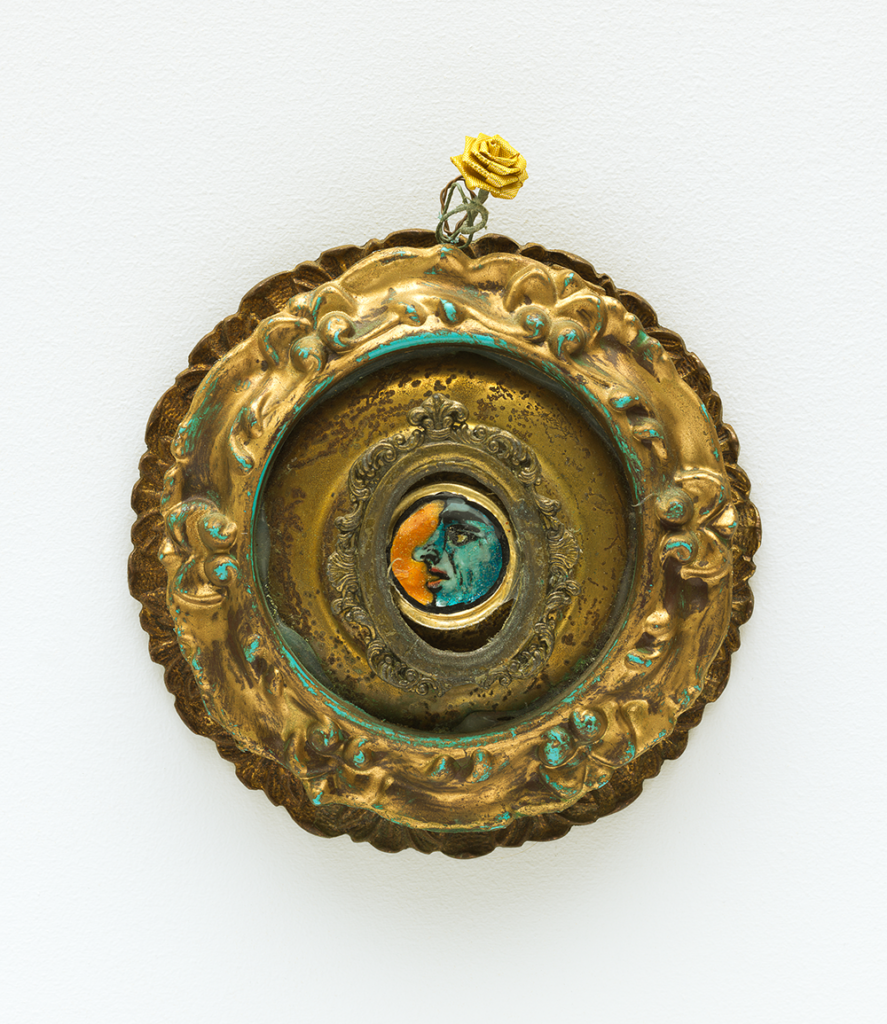
Free, Talks
A Celebration of Jerome Caja
Thursday, Oct 17, 2019
7 p.m.
Koret Education Center, Floor 2
Free and open to the public; museum admission is not required
Meet us at the museum and around the Bay for Local Affairs, a series dedicated to local arts communities. Join us as we celebrate Bay Area culture and artists of all disciplines, and share ideas, good will, food, and drink.
On this special evening, SFMOMA partners with Visual AIDS to honor collection artist Jerome Caja (1958–1995). Join artists Justin Vivian Bond and Cliff Hengst, as well as Anthony Cianciolo, founder of The Jerome Project, for a conversation with Visual AIDS staff about Caja’s life, work, and legacy. A San Francisco Art Institute alum, Caja was a powerful visual artist, drag performer, and provocateur who transgressed the supposed boundaries of gender, performance, and art in the nightclub and art-world scenes of San Francisco during the late 1980s and early ‘90s. In his visual art practice, Caja was known for using unconventional materials — ranging from nail polish and eyeliner to human ashes — to express themes of spirituality, mortality, and sexuality. This evening will include a presentation of rare archival video clips and ephemera from the artist, and is also the West Coast launch for the Visual AIDS book, DUETS: Nayland Blake and Justin Vivian Bond on Jerome Caja, which will be available for purchase. Refreshments will be served.
Participants
Justin Vivian Bond, trans-genre artist living in New York City; writer, visual artist, and performer on- and off-Broadway, in film, and on television
Cliff Hengst, San Francisco–based artist and performer
Anthony Cianciolo, founder of the Jerome Project, a multi-platform art history project created to preserve, protect, and further the artistic legacy of Jerome Caja
Esther McGowan, executive director of Visual AIDS
Kyle Croft, programs manager of Visual AIDS